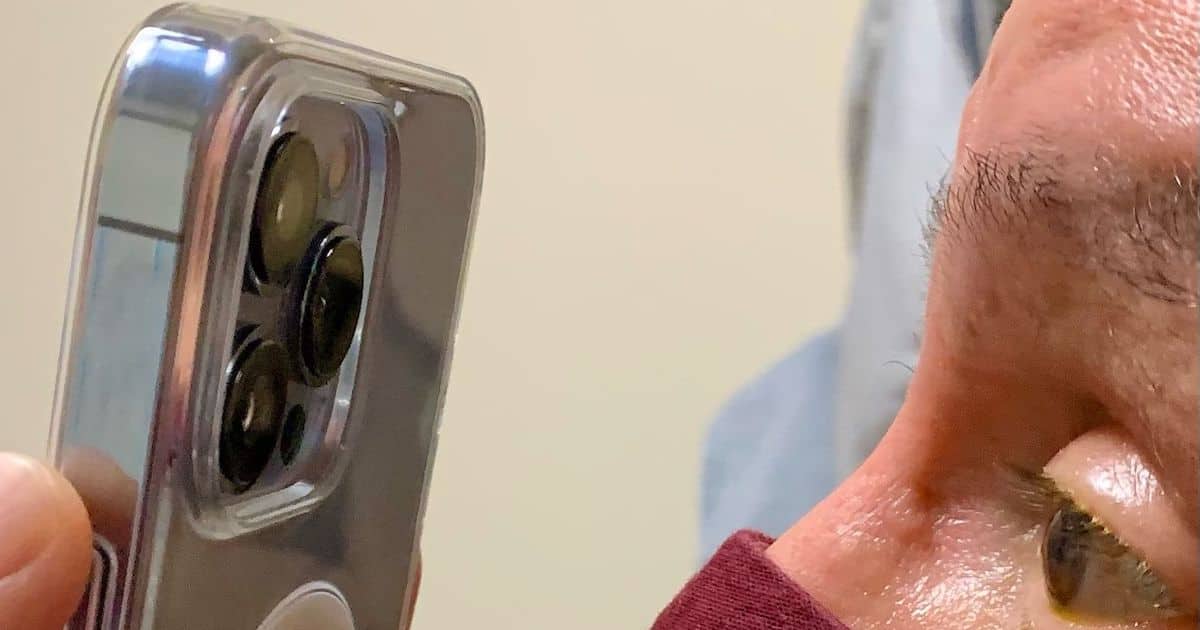The new Macro mode on the iPhone 13 Pro has excited a lot of iPhone photographers. People have been using it to capture close-ups of nature that previously required special hardware. The feature has proven useful for more than just taking pictures of plants. In fact, one ophthalmologist has discovered the benefits of iPhone 13 Pro Macro mode for eye care.
Using iPhone 13 Pro Macro Mode for Eye Treatment
Dr. Tommy Korn recently shared how he’s used his new iPhone 13 Pro Max to examine a patient’s eye. The patient underwent a cornea transplant, and needs periodic exams to make sure the abrasion heals properly. Dr. Korn discovered he can capture extremely detailed photographs of his patient’s eyes. This lets him observe and document the healing process.
Dr. Korn says he’s very impressed with the functionality. He believes it will “innovate patient eye care & telemedicine,” and he is looking forward to seeing where it goes.
Other doctors have shown similar enthusiasm for the Macro feature. One believes it could be useful for oculoplastic lesions, basically lesions on the eyelid. He says that his “poor Nikon camera will be collecting more dust.”
Innovating Many Aspects of Medicine
Dr. Korn believes macro photography will help improve telemedicine in eye care. Patients can send their macro eye photographs to their treatment team for triage. The doctor can then perform a televideo visit for non-urgent conditions. He or she can also identify critical problems and schedule in-person office visits for them.
Dr. Korn points out that this macro eye photography can also help transition from emergency care to specialist treatment. The emergency/urgent care doctors can better communicate with ophthalmologists about patients with emergency eye conditions, he says.
Our own Dr. W. Abdullah Brooks is also excited about the possibilities offered medical care by Apple’s technology. The iPhone and Apple Watch are also useful to neurologist/ophthalmologist teams, he says, in tracking eye movement in order to diagnose and monitor specific neurological conditions.
These two devices continue to provide health professionals with unprecedented opportunities to reduce disease burden and expand patient management that will reduce preventable disability and death.
